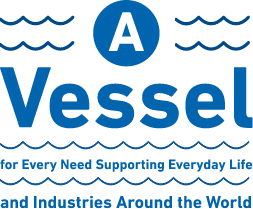
Bulkships transport huge volumes of cargoes such as iron ore, coal, grain, salt, aluminum, and copper ore without packing or packaging. These vessels are called “bulkers,” “dry bulkers,” “bulk carriers,” or “dry bulk ships,” since they transport “dry cargo” in “bulk.” Bulkships vary widely in size and configuration, depending on the cargo they carry and the characteristics of the ports where they call.



Bulkships Come in Various Sizes to Meet Any Transport Need
Merchant vessels have grown in size throughout their long history, always in pursuit of greater economic efficiency. Among them, bulkships come in a variety of sizes.
“Capesize” vessels are so large that they cannot pass through the Panama Canal, and have to sail around the Cape of Good Hope and Cape Horn, hence the name “Capesize.” The “Panamax,” on the other hand is the largest class of ship that can pass through the Panama Canal. It is built to meet the canal’s passage requirements, which specify that ships can be no longer than about 274 meters long and 32 meters wide. “Handy” class bulkers have smaller hulls than the Panamax. They are so named because their relatively small size offers the convenience of being able to call in and out of almost any port in the world. Another feature of “Handy” bulkers is that they are equipped with their own cranes to handle cargo.
| Standard deadweight tonnage | LOA | Main cargoes | |
|---|---|---|---|
| Very Large Ore Carrier (VLOC) | 250,000 | About 330m | Iron ore |
| Capesize | 180,000 | About 292m | Iron ore, coking coal |
| Panamax | 82,000 | About 229m | Iron ore, cocking coal, thermal coal, grain |
| Handymax | 58,000 | About 190m | Thermal coal, grain, salt, cement, steel product |
| Small Handy | 38,000 | About 180m | Steel product, cement, grain,ore |
Bulkships have “topside tanks,” triangular ballast tanks (filled with water to stabilize the vessel) fitted at both shoulders/wings of the cargo holds. These help the ship maintain the proper trim no matter how much cargo is on board. The sides on the lower part of the hold are designed with a hopper configuration to maximize loading/discharging efficiency by preventing cargo from accumulating in the corners.
Some bulkers have cranes for loading/discharging, while others rely on shoreside equipment. In general, vessels larger than Panamax do not have cranes. Hatch covers at the top of the hold are opened only during loading/discharging.

-
![]() Iron Ore Carriers
Iron Ore CarriersIron ore has a high specific gravity, so the cargo hold is designed to be narrow, with the cargo heaping up in the center. These large vessels without cranes represent the mainstream in economical, efficient transport of iron ore.
![]()
-
![]() Coal Carriers
Coal CarriersThese vessels transport coal for thermal power generation. They are designed to match the water depth and discharging equipment at a dedicated berth for a power station. The wide-breadth type (80,000 - 90,000DWT) is the mainstream, as this configuration allows the ship to load a large volume of coal and still navigate safely in shallow waters.
![]()
-
![]() Woodchip Carriers
Woodchip CarriersThis type of vessel is specially designed to carry woodchips, the raw material for paper. The specific gravity of woodchips is low, so the hold is designed to maximize cargo capacity. In addition, wood chips do not shift very much in transit, eliminating the need for topside tanks.
![]()
-
![]() Iron ore carrier discharging cargo
Iron ore carrier discharging cargo -
![]() Coal carrier loading on cargo
Coal carrier loading on cargo -
![]() Woodchip carrier discharging cargo
Woodchip carrier discharging cargo




















